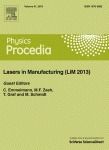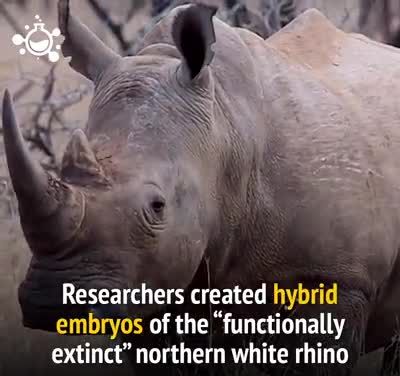Circa 2013
A large variety of modern components and products such as fuel injectors and spinning nozzles require holes drilled to very high standards as fare as roundness, diameter and aspect ratio are concerned. Laser-beam helical drilling has shown great promise to produce such high quality micro holes. In helical drilling, the laser beam is rotated relative to the work piece. In this case, the rotational movement is produced using a Dove prism, mounted in a high speed, hollow shaft motor. Different kind of holes are drilled and investigated with respect to hole-quality and drilling time.






